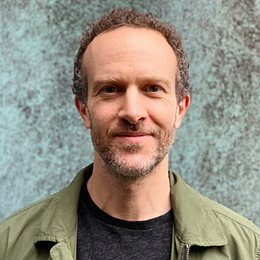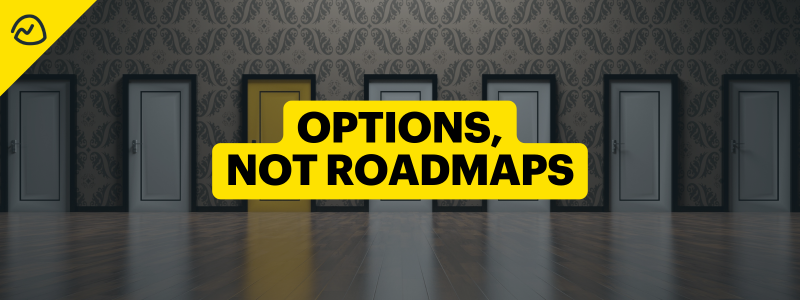Spend enough time talking with entrepreneurs, product people, designers, and anyone charged with proving something, and you’ll bump into questions about validation.
“How do you validate if it’s going to work?”
“How do you know if people will buy it to not?”
“How do you validate product market fit?”
“How do you validate if a feature is worth building?”
“How do you validate a design?”
You can’t.
You can’t.
You can’t.
You can’t.
You can’t.
I mean you can, but not in spirit of the questions being asked.
What people are asking about is certainty ahead of time. But time doesn’t start when you start working on something, or when you have a piece of the whole ready. It starts when the whole thing hits the market.
How do you know if what you’re doing is right while you’re doing it? You can’t be. You can only have a hunch, a feeling, a belief. And if the only way to tell if you’ve completely missed the mark is to ask other people and wait for them to tell you, then you’re likely too far lost from the start. If you make products, you better have a sense of where you’re heading without having to ask for directions.
There’s really only one real way to get as close to certain as possible. That’s to build the actual thing and make it actually available for anyone to try, use, and buy. Real usage on real things on real days during the course of real work is the only way to validate anything. And even then, it’s barely validation since there are so many other variables at play. Timing, marketing, pricing, messaging, etc.
Truth is, you don’t know, you won’t know, you’ll never know until you know and reflect back on something real. And the best way to find out, is to believe in it, make it, and put it out there. You do your best, you promote it the best you can, you prepare yourself the best way you know how. And then you literally cross your fingers. I’m not kidding.
You can’t validate something that doesn’t exist. You can’t validate an idea. You can’t validate someone’s guess. You can’t validate an abstraction. You can’t validate a sketch, or a wireframe, or an MVP that isn’t the actual product.
When I hear MVP, I don’t think Minimum Viable Product. I think Minimum Viable Pie. The food kind.
A slice of pie is all you need to evaluate the whole pie. It’s homogenous. But that’s not how products work. Products are a collection of interwoven parts, one dependent on another, one leading to another, one integrating with another. You can’t take a slice a product, ask people how they like it, and deduce they’ll like the rest of the product once you’ve completed it. All you learn is that they like or don’t like the slice you gave them.
If you want to see if something works, make it. The whole thing. The simplest version of the whole thing — that’s what version 1.0 is supposed to be. But make that, put it out there, and learn. If you want answers, you have to ask the question, and the question is: Market, what do you think of this completed version 1.0 of our product?
Don’t mistake an impression of a piece of your product as a proxy for the whole truth. When you give someone a slice of something that isn’t homogenous, you’re asking them to guess. You can’t base certainty on that.
That said, there’s one common way to uncertainty: That’s to ask one more person their opinion. It’s easy to think the more opinions you have, the more certain you’ll be, but in practice it’s quite the opposite. If you ever want to be less sure of yourself, less confident in the outcome, just ask someone else what they think. It works every time.
Tried Basecamp lately?
Used an earlier version, but moved on? Heard of it, but never signed up? Today’s Basecamp will surprise you! It’s all-new, entirely modern, and unlike anything else. Try it free today!.




